A tablet is a mobile computer with a touchscreen with a stylus and/or fingers for input, which can be used as an alternative to laptops or desktop computers. A smartphone is a handheld personal computer designed for mobile communications, such as voice calls and text messaging, usually with a miniature clamshell-type keyboard or an alphanumeric keypad.
What is the difference between tablet and smartphone?
Screen size
Tablets typically have larger screens than smartphones, measuring from about 7 inches (18 cm) diagonally to the edge of the device’s frame. Smartphones that are less than 14 cm (5 1⁄2 in), measured diagonally, are generally called “phablets.”
Form factor
Both tablets and smartphones can be handheld, but tablets are essentially large smartphones that don’t fold up (see the preceding section). Tablets tend to be thicker and slightly heavier than smartphones because they have larger screens.
Operating System
Tablets use their own operating systems; smartphones generally run on an OS like Android™ or iOS. The difference between tablet and smartphone operating systems is very small. The biggest difference between tablet and smartphone OS’s is that a tablet doesn’t have to be used for voice calls and text messages, so the OS can be geared more toward media such as videos and photos than phone-specific apps.
TECHNOLOGY SPECS
The resolution of a tablet’s display generally ranges from about 768 x 1024 pixels to 2048 x 1536 pixels. That’s roughly the same resolution range as smartphones, which go from 480 x 800 to about 720p. Theoretically, a tablet can have a higher-resolution screen than a smartphone, but in practice, there’s not much difference because tablets aren’t held very close to the eyes.
Tablets come in three screen sizes measured diagonally: 7, 8 and 10 inches. That’s the size range of smartphones, but smartphones can go smaller than 7 inches (and bigger than 10) because their screens are closer to the user’s eyes. Although you see tablets with keyboards designed to change them into clamshell-type laptops, the screens are too small to be useful for that purpose.
Tablets can’t make telephone calls or send text messages. You use them primarily to access media such as videos and photos; for Web browsing; for playing games; and, in some cases, to work with documents in productivity apps like word processors.
A tablet’s operating system is based on either a modified version of Android, such as Fire OS (used by Amazon’s tablets), or the company’s own operating system, such as iOS (the tablet and smartphone platform used by Apple).
Tablet and smartphone processors use similar types of digital technology: ARM Holdings processor architecture and Qualcomm Snapdragon processor technology. The main difference between the two is that a tablet’s processor has more cores, which enables it to run more complex applications.
PHONE SPECS
In practice, smartphones have about the same resolution as tablets because they’re close enough to the user’s eyes for that level of detail. It makes sense to use smartphone displays with 720p screens for virtual reality (VR) headsets, though.
The screen size of a smartphone is measured diagonally, like for TVs and monitors. The display sizes range from about 3 inches (7 cm) on the small side to over 6 inches on the large side. That’s larger than tablet displays but smaller than TV screens, which can be as large as 75 inches.
The one exception to this rule is the “phablet,” which has a screen midway between those of smartphones and tablets. Phablets have screens measuring from about 5 inches (12 cm) to 7 inches (18 cm), making them too big for comfortable use as a phone but too small for tablet-like tasks.
Both smartphone and tablets can perform similar activities such as watching videos, checking e-mails, playing games, etc. However, tablet is a larger version of smartphone with better screen resolution which makes it more suitable for watching videos, browsing the internet & reading books.

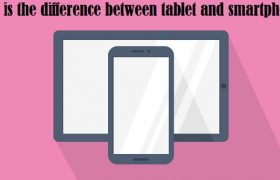
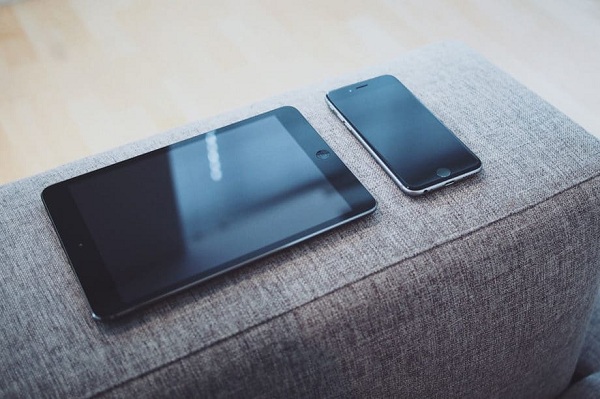
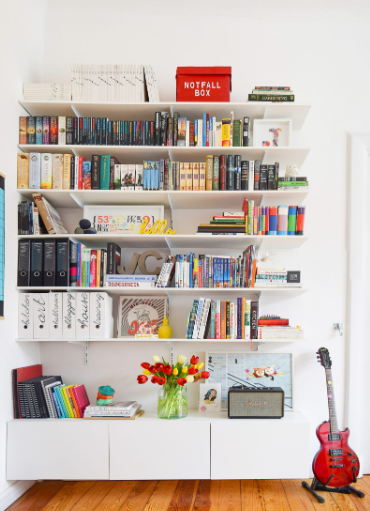
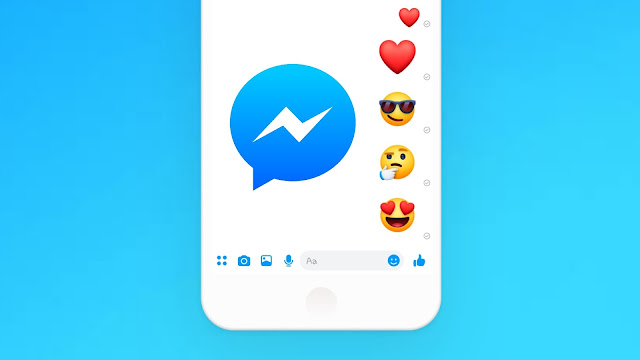
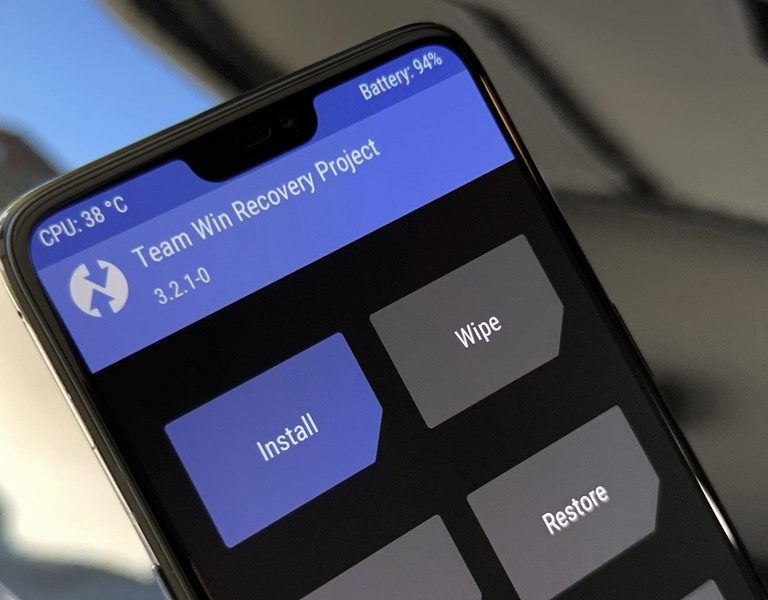
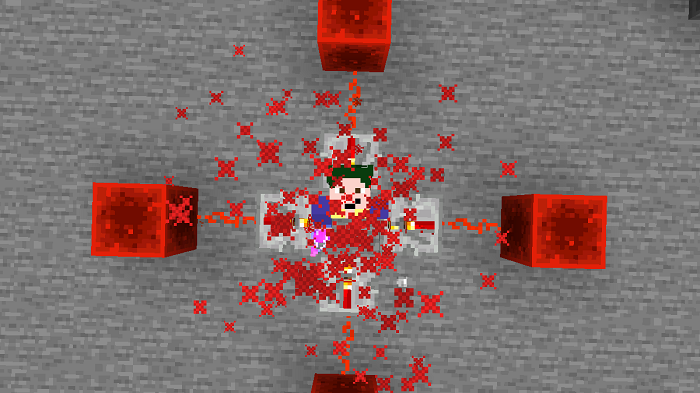
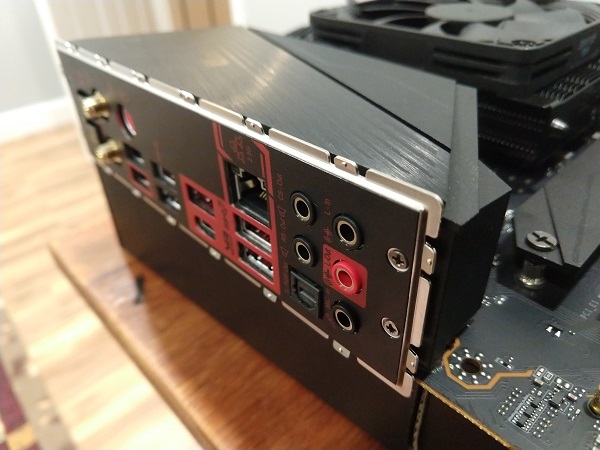


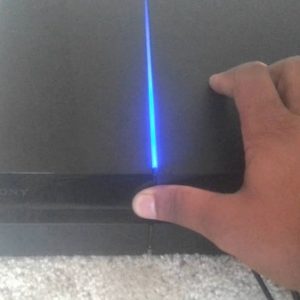
+ There are no comments
Add yours